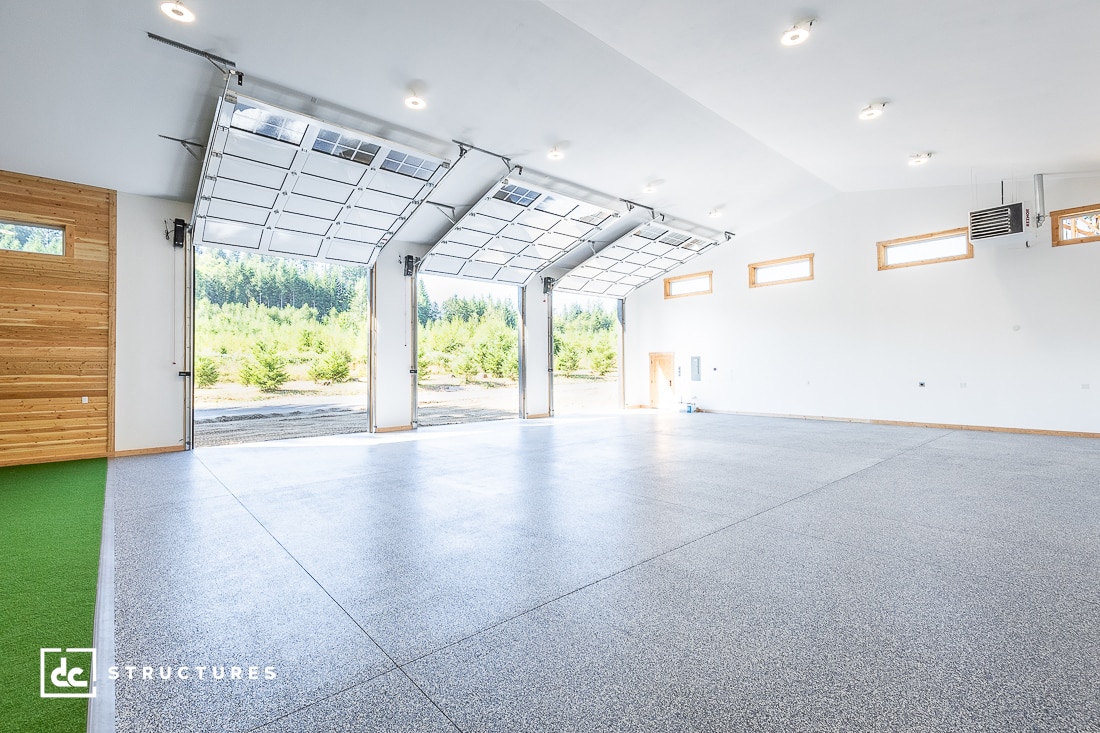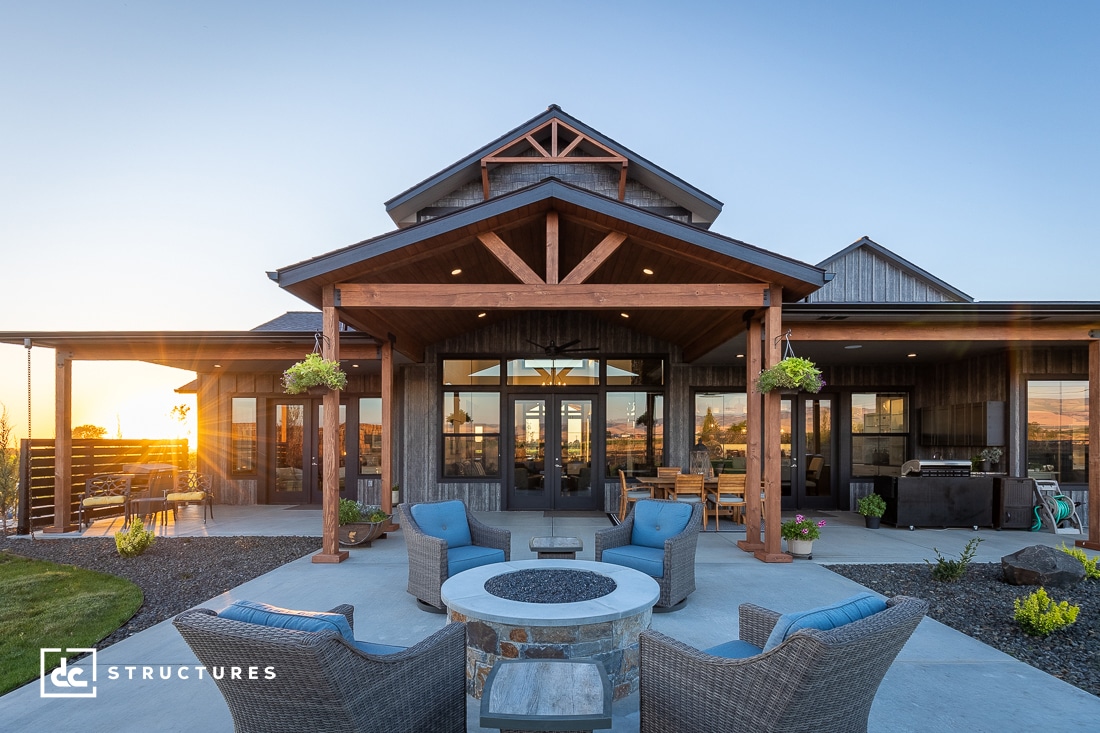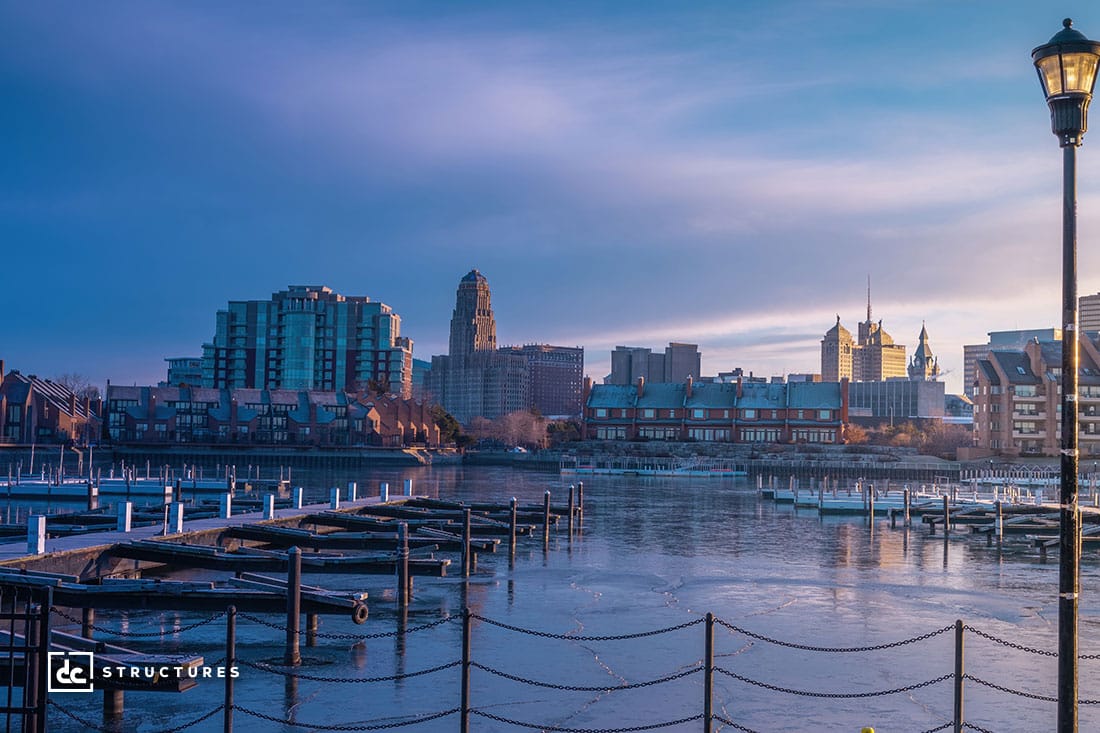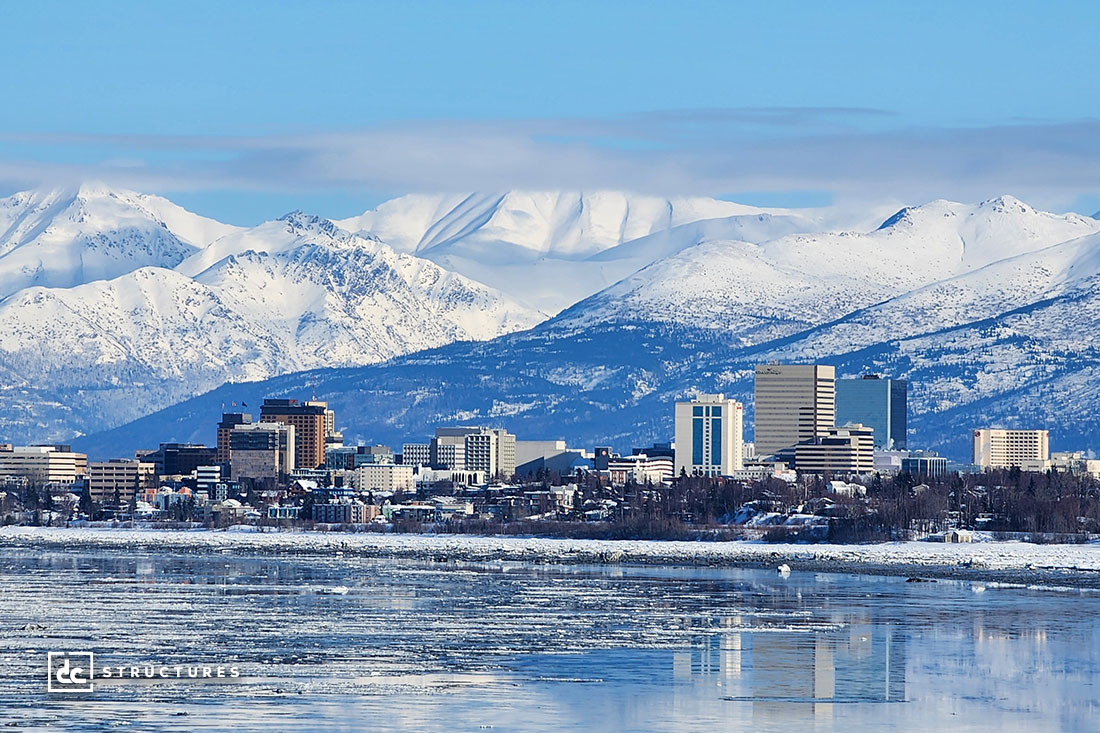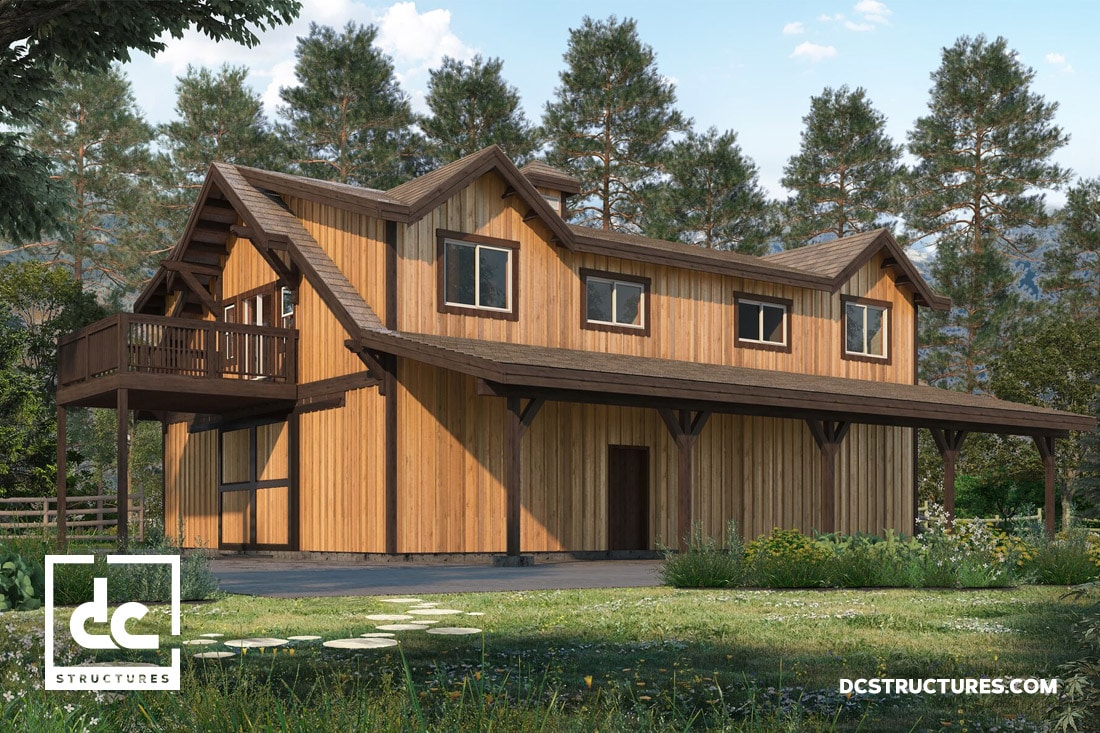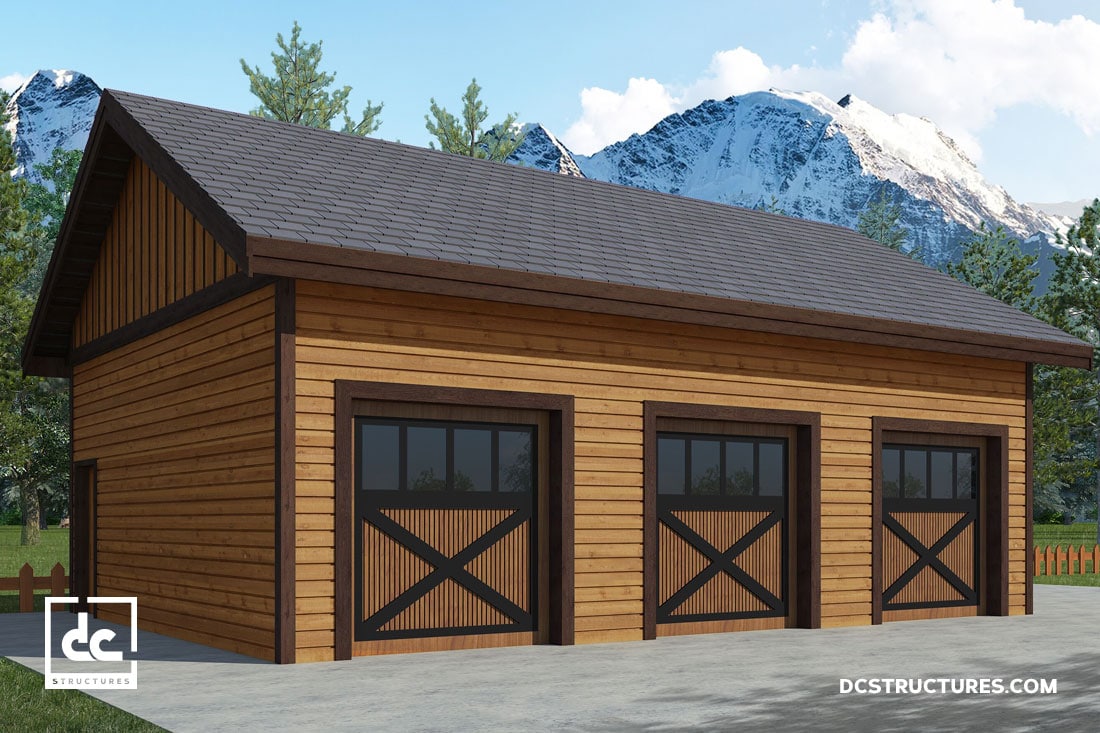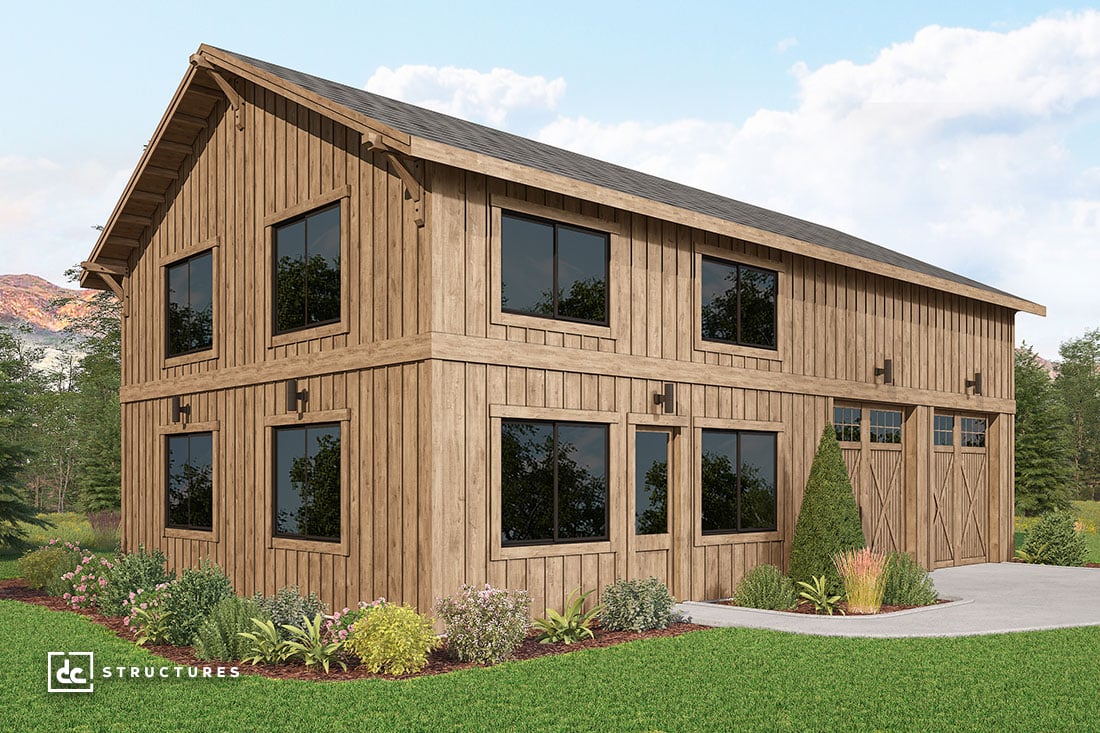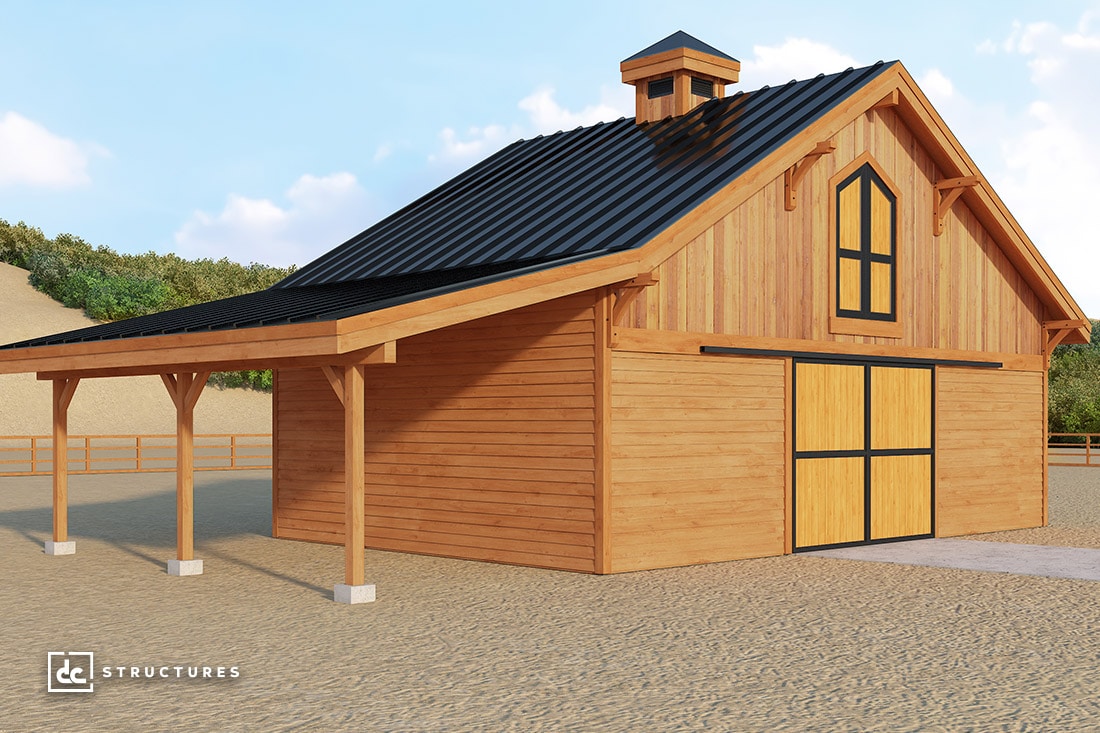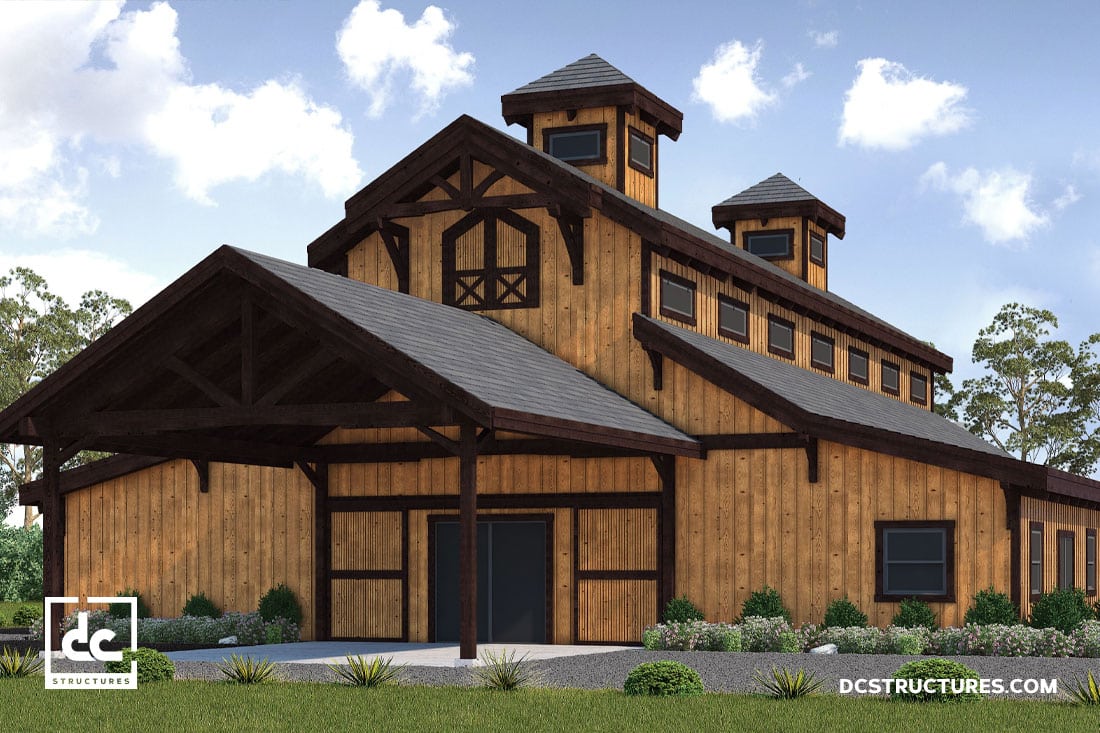Ever wonder who captures our client testimonials, designs our projects, or sources the premium materials that bring our builds to life? Our Get to Know Us series offers an inside look at the passionate individuals behind it all—the talented team members whose dedication and expertise drive everything we do.
In this second feature, we’re highlighting longtime team member and standout talent Samantha Throndsen, DC Project Coordinator. Over the years, Sam’s work has shaped dozens of dream structures and played a key role in our company’s continued growth. Read on to learn more about her journey, what she loves most about DC, and why she’s our go-to expert on all things equestrian!

Where did you grow up?
I grew up in Arlington, WA.
Where are you currently located?
I’m back in Arlington, WA!
How long have you been with DC?
I’ve been with DC for 5 years.
How did you get started in this field?
I’ve always had an interest in horses and sales and decided to pursue a career in selling barn kits. I worked for a different kit company for a few years and then came to DC about 5 years ago. I love interacting with clients and seeing their dream homes or barns come to life.
What are your favorite types of projects to work on?
I love the barn apartment projects! It’s so fun to combine living space with equine and make a true horse lover’s dream.
What is your favorite kit in the DCS collection?
The Oakridge Apartment Barn Kit. I think it is such a versatile design and it’s amazing to see how people customize it to make it their own.
In your opinion, what is the key to ensuring the success of a design?
Flexibility! Our design team has amazing ideas, and the designs always turn out great when clients take their feedback and implement it into their initial thoughts.
Can you tell us a bit about your equestrian experience and how that’s been particularly helpful for working with equestrian clients?
I have shown reining and working cow horses since I was kid and ended up going to Kansas State University to compete on their Division 1 Equestrian team. I understand the concerns and passions of horse owners and can help them navigate the priorities of things that are needed to make a functional, safe and beautiful barn. I love hearing about their vision and then making suggestions to ensure it’s a great place for them and their horses.
What are some aspects of our process that you believe set us apart from similar companies?
Our customization process is very unique for the kit industry. No two kits end up going out the door the same, and we can really bring a client’s vision to life without forcing them to stay within a premeditated box. The sky is truly the limit with what you can do!
What advice would you give to new clients just beginning the design process?
Be open minded! Our design team has incredible ideas and can help you think of things that you might not have considered to be important for a functional space.
And lastly, what’s something we wouldn’t know about you?
I am absolutely petrified of camels!
Interested in joining Sam’s team or being a part of our growing organization? Be sure to check out our LinkedIn page for all open positions through DC Structures!
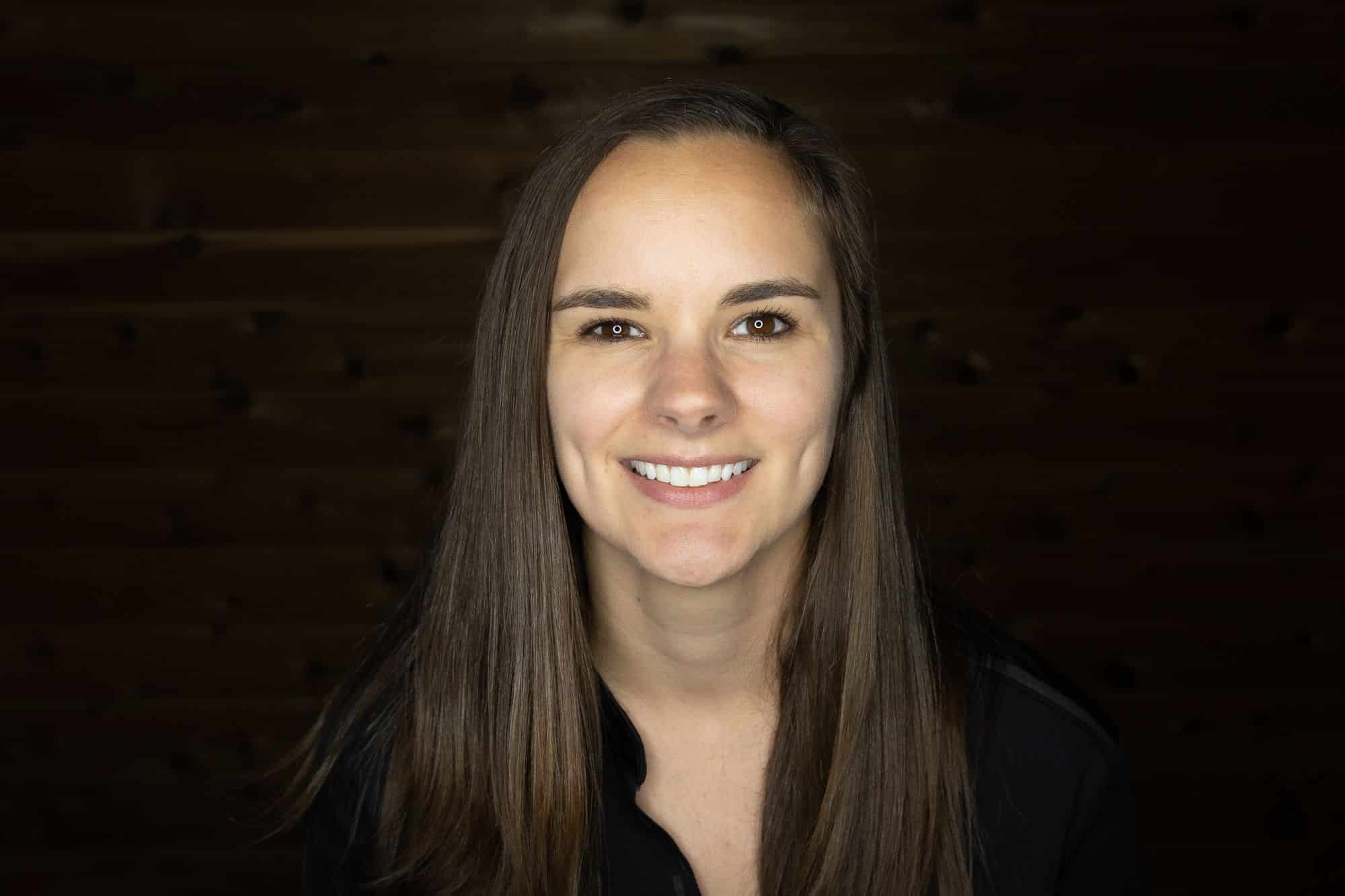
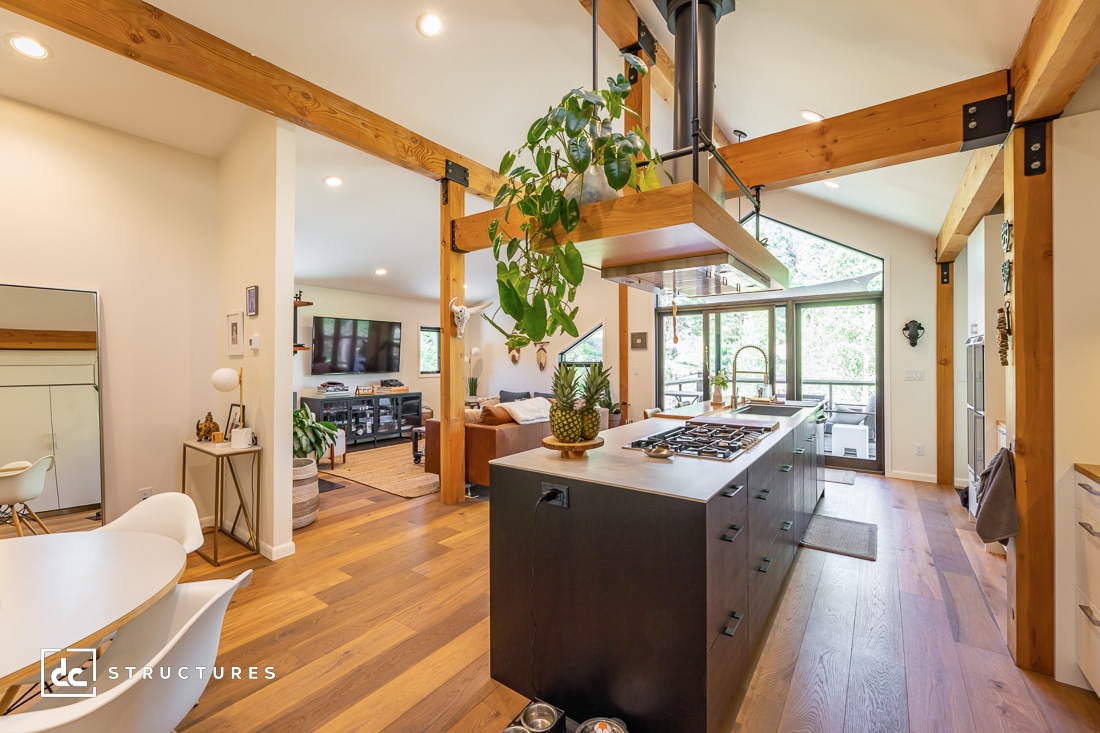
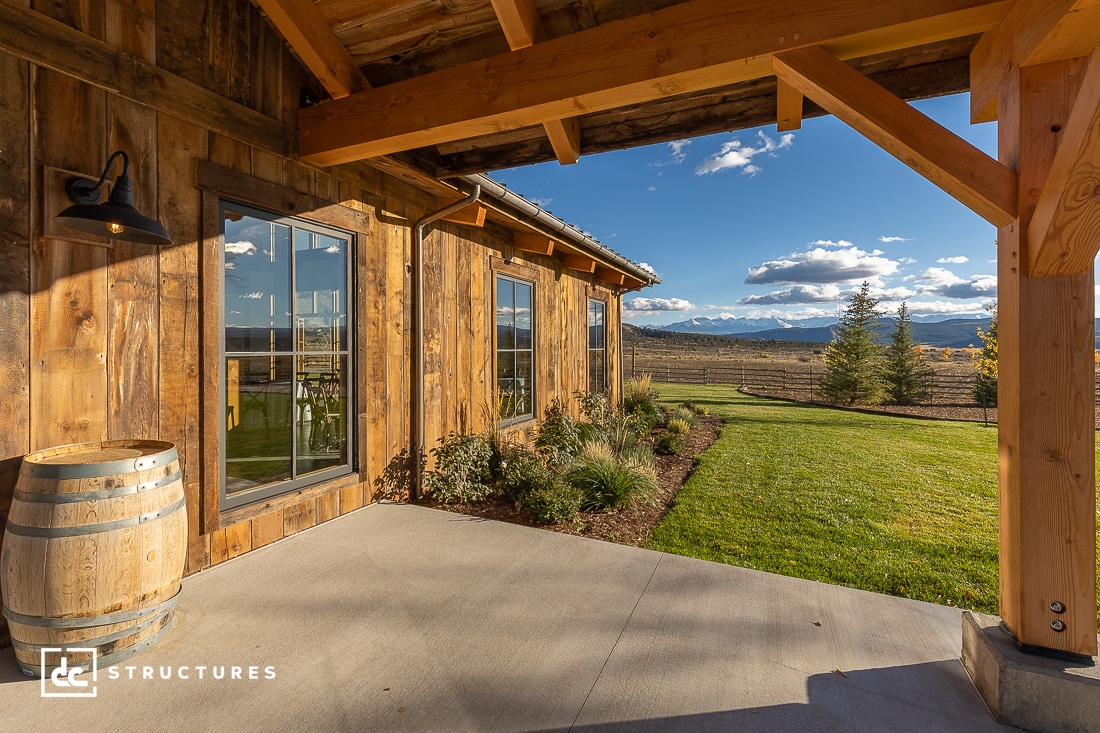 From bamboo flooring and reclaimed wood accents to energy-efficient appliances and organic textiles, there are more beautiful, functional options than ever for creating an eco-friendly space. At DC, one of our favorite sustainable materials is the
From bamboo flooring and reclaimed wood accents to energy-efficient appliances and organic textiles, there are more beautiful, functional options than ever for creating an eco-friendly space. At DC, one of our favorite sustainable materials is the 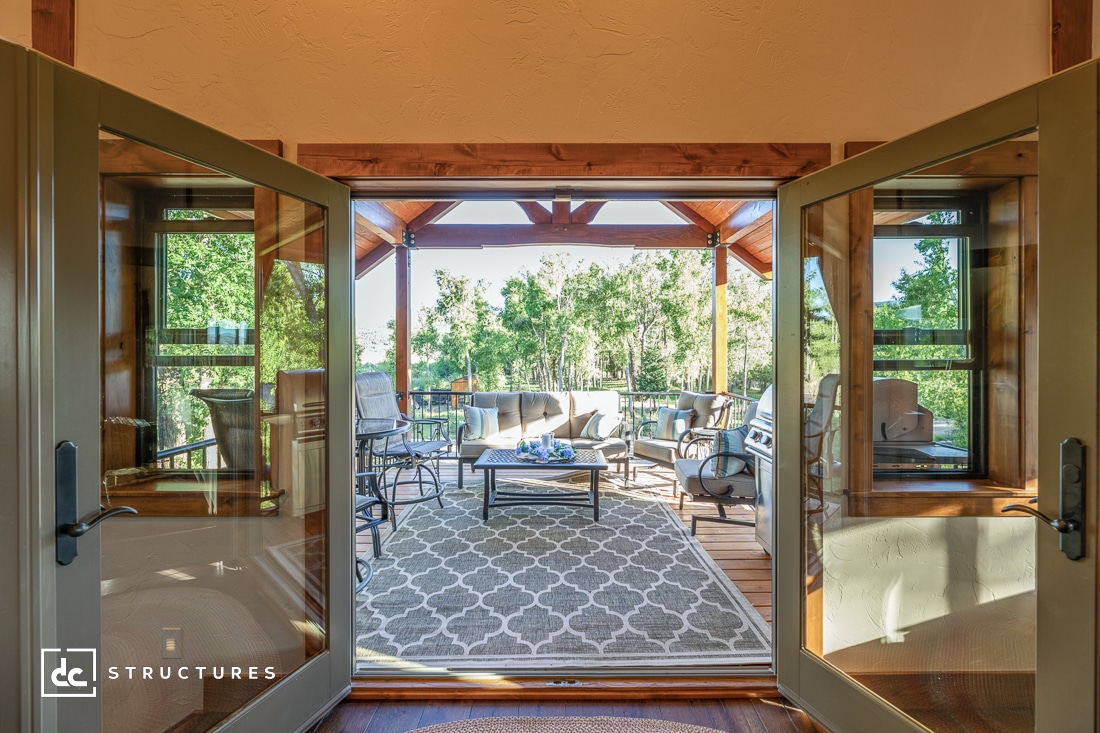 Whether it’s through foldable glass doors, expansive windows, or thoughtfully designed patios and decks, integrated outdoor living invites more light, fresh air, and serenity into your daily life. The result is a warm, calming interior that feels open, grounded, and seamlessly connected to the landscape just beyond your walls.
Whether it’s through foldable glass doors, expansive windows, or thoughtfully designed patios and decks, integrated outdoor living invites more light, fresh air, and serenity into your daily life. The result is a warm, calming interior that feels open, grounded, and seamlessly connected to the landscape just beyond your walls.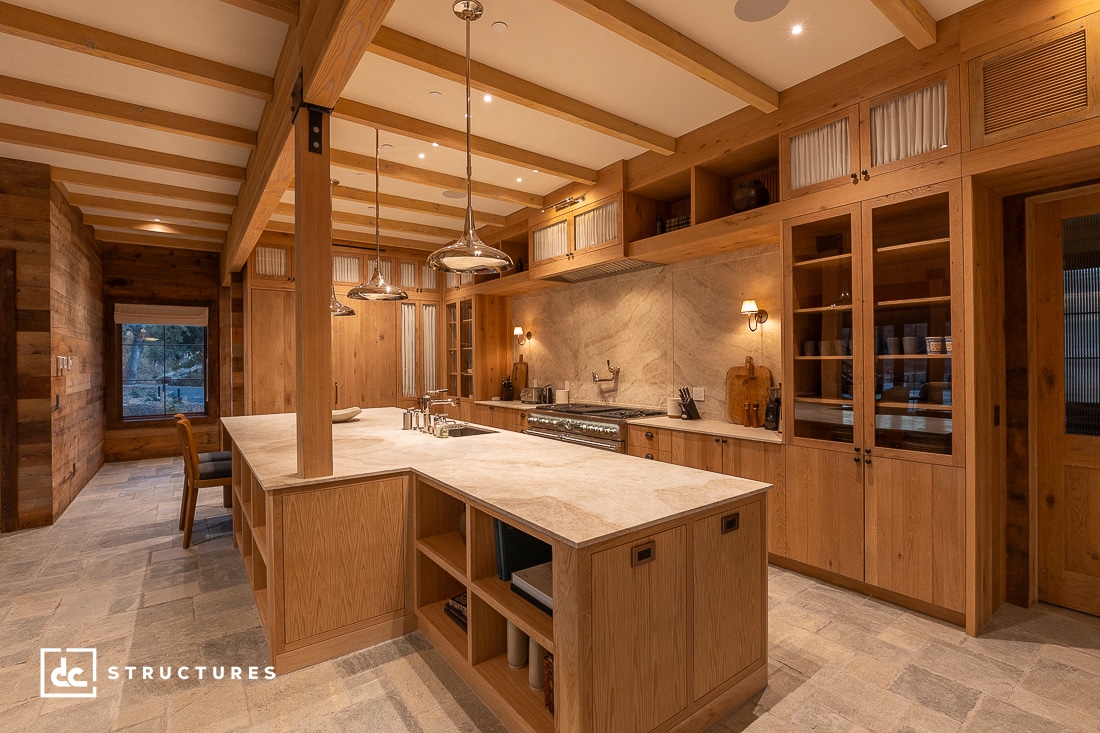 One trend that’s quite literally shining in 2025 is layered lighting. By combining ambient, task, and accent lighting, homeowners can create depth, dimension, and flexibility in any space. So, whether you’re designing a cozy reading nook, a chef-ready kitchen, or a charming outdoor entertaining area, layered lighting ensures every corner is functional, inviting, and beautifully lit.
One trend that’s quite literally shining in 2025 is layered lighting. By combining ambient, task, and accent lighting, homeowners can create depth, dimension, and flexibility in any space. So, whether you’re designing a cozy reading nook, a chef-ready kitchen, or a charming outdoor entertaining area, layered lighting ensures every corner is functional, inviting, and beautifully lit.


